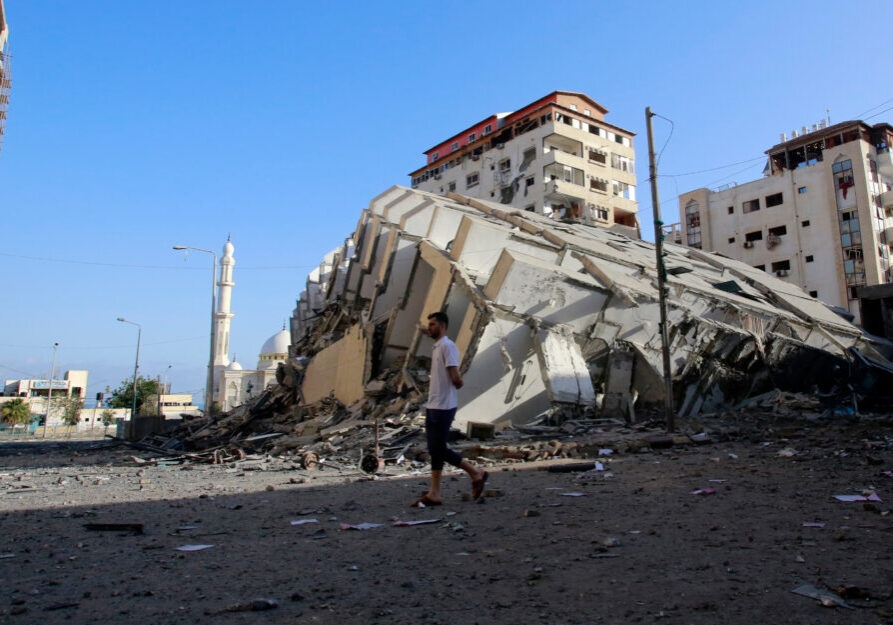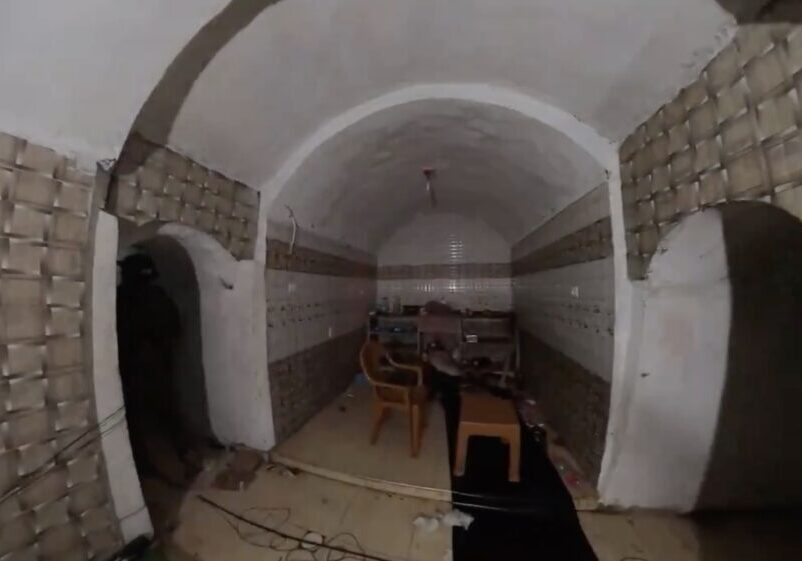Australia/Israel Review
Not worth getting killed over
Dec 21, 2017 | Ron Ben-Yishai

Ron Ben-Yishai
US President Donald Trump’s recognition of Jerusalem as Israel’s capital did not whip up quite the furore in the Arab and Muslim street envisioned by Hezbollah Secretary General Hassan Nasrallah and head of Hamas’ political bureau Ismail Haniyeh.
The Arab street’s reaction, in fact – as seen in a multitude of Muslim countries the world over – was relatively moderate and subdued, with hardly any violence with murderous intent, of the kind seen in the wave of terrorist violence that began in October 2015 and the “metal detector intifada” earlier this year.
The Arab-Muslim backlash, in fact, was a mirror image of the jubilation evident in the Israeli street following Trump’s announcement; it was also subdued and markedly free of euphoria. Jews, Palestinians and Muslims did not lose their minds, perhaps because the American President happens to be Donald Trump and certainly because both Israelis and Palestinians know the decision has no practical significance capable of changing reality on the ground.
So there’s nothing to get killed over. The main reason is that the entire ordeal, including Trump’s announcement, was not perceived as a religious matter – a threat to the holiness of Islam – but a national-political issue. It’s not something young girls and boys are willing to take a knife and get martyred over.
The demonstrations in the West Bank on Dec. 8 saw no stabbing attempts or weapons’ fire, nor were there attempts to carry out terrorist attacks against settlers at that time. [Ed note: There was subsequently one stabbing incident at the Jerusalem bus station.] That’s not happenstance. The Palestinian backlash to Trump’s speech did not carry enough energy to jumpstart truly dangerous violence.
The involvement of Palestinian National Security personnel behind the scenes also headed off escalation, but most of all – Israel’s security forces, the IDF and the police, exercised their strength with much reserve.
The country’s security forces attempted – and mostly succeeded – in keeping a safe distance of at least several dozen metres between themselves and Palestinian rioters in almost all friction points, which prevented escalation into physical conflict and the use of live fire.
Almost all of the people reported by the Palestinians to have been wounded in clashes on Dec. 8, in fact, were hurt by inhaling tear gas and burning tyre fumes and not by Israel’s security forces. That is precisely the reason why not a single person was killed in the West Bank, and all the better, because experience shows any casualty or any funeral leads to more violence and, in turn, more casualties.
The situation on the ground in Gaza is markedly different. Since Israel’s withdrawal in 2005, rioters have lacked available points of friction with either Israeli citizens or security forces.
The only place left for them to express their rage, then, is near the border fence. But throwing rocks and burning tyres on Palestinian territory do next to nothing to affect security forces stationed in bunkers or small outposts along the fence.
For this reason, several impassioned rioters attempted to reach as close to the border fence as they could and even attempted to cross it. The IDF prevented them from doing so by firing Rugers, minuscule 22-millimetre guns intended to wound but not kill.
Palestinians nevertheless reported two people killed and dozens wounded in clashes along the fence. The IDF showed restraint here as well, and it was plain to see Hamas – despite Haniyeh’s inflammatory remarks – was no more interested in escalation, certainly not in the Gazan theatre.
Both Hamas and the Palestinian Islamic Jihad are extremely attentive to the hardships faced by the people of Gaza, hardships that have found no succour since Operation Protective Edge, and they don’t intend to compound them – partly due to the fear that if they do, residents will end up revolting and overthrowing them.
Haniyeh and his people also apparently hoped Palestinians in the West Bank would do the dirty work for them, but were disappointed to find out they would not, hence the recent rocket launches over the weekend of Dec. 9 and 10.
The vast majority of rockets launched from the strip were deployed by so-called “rogue Salafist organisations,” with a vested interest in sparking a war between Hamas and Israel. While Hamas usually exerts serious efforts to prevent such launches, its efforts on Dec. 9 and 10 were somewhat lacklustre, perhaps intentionally so.
Hamas may indeed be interested in rogue fire “trickling” more intensively into Israel, partly since other measures have failed. Judging by Hamas’ conduct on the ground, its leaders reached the conclusion it would be better to suffer the Israeli retaliation – which they knew was coming – in order for the rogue fire to provide the necessary component of violence Haniyeh craved to legitimise his rancorous comments on a Jerusalem intifada.
At this juncture, something happened that illustrates how combustible the region truly is. We know for a fact Israel is uninterested in escalation on the Gaza border, or anywhere else for that matter, and so is Hamas. However, one rocket passed through the defence screen provided by the Iron Dome system, landed in Sderot and changed everything.
Israel carefully weighed its options and communicated a warning to Hamas, followed by retaliatory attack with harsher results than usual. The air strike on Dec. 8 damaged some significant Hamas assets, but was intended to avoid any killing. Two Hamas terrorists were nevertheless killed in the attack, and yet Hamas showed restraint.
It was a “next-to-last” warning, with Israeli officials hoping Hamas would realise they may be pushed into an escalation they are not interested in. Unintentional deterioration has thus far been averted, but only coming days will tell whether the trend will continue.
Protests in the Arab and Muslim world, meanwhile, have not exceeded expectations. The United Nations Security Council session on Dec. 8 carried no practical ramifications, but another discussion is planned involving the Arab League’s Council of Ministers. However, the latter meeting is also expected to feature dramatic rhetoric and little else.
The only place, in fact, with a significant demonstration taking place was the Jordanian capital of Amman. King Abdullah II, who presides over a country with a 60% Palestinian majority, knew he had to let his people blow off steam on Jerusalem, and he indeed has. The Hashemite king once again proved he knows well how to ride the tiger’s back, but also rein it in when necessary.
Once again the lack of a religious motivation played a prominent role in things not getting out of hand. The well thought-out preparations by the IDF and Israel Police, and cautious rules of engagement, should also be mentioned in this regard.
Ron Ben-Yishai is a veteran Israeli military reporter and National Security correspondent for the Israeli daily newspaper Yediot Ahronot and Israeli TV’s Channel 1. © Yediot Ahronot, reprinted by permission, all rights reserved.
Tags: Israel






